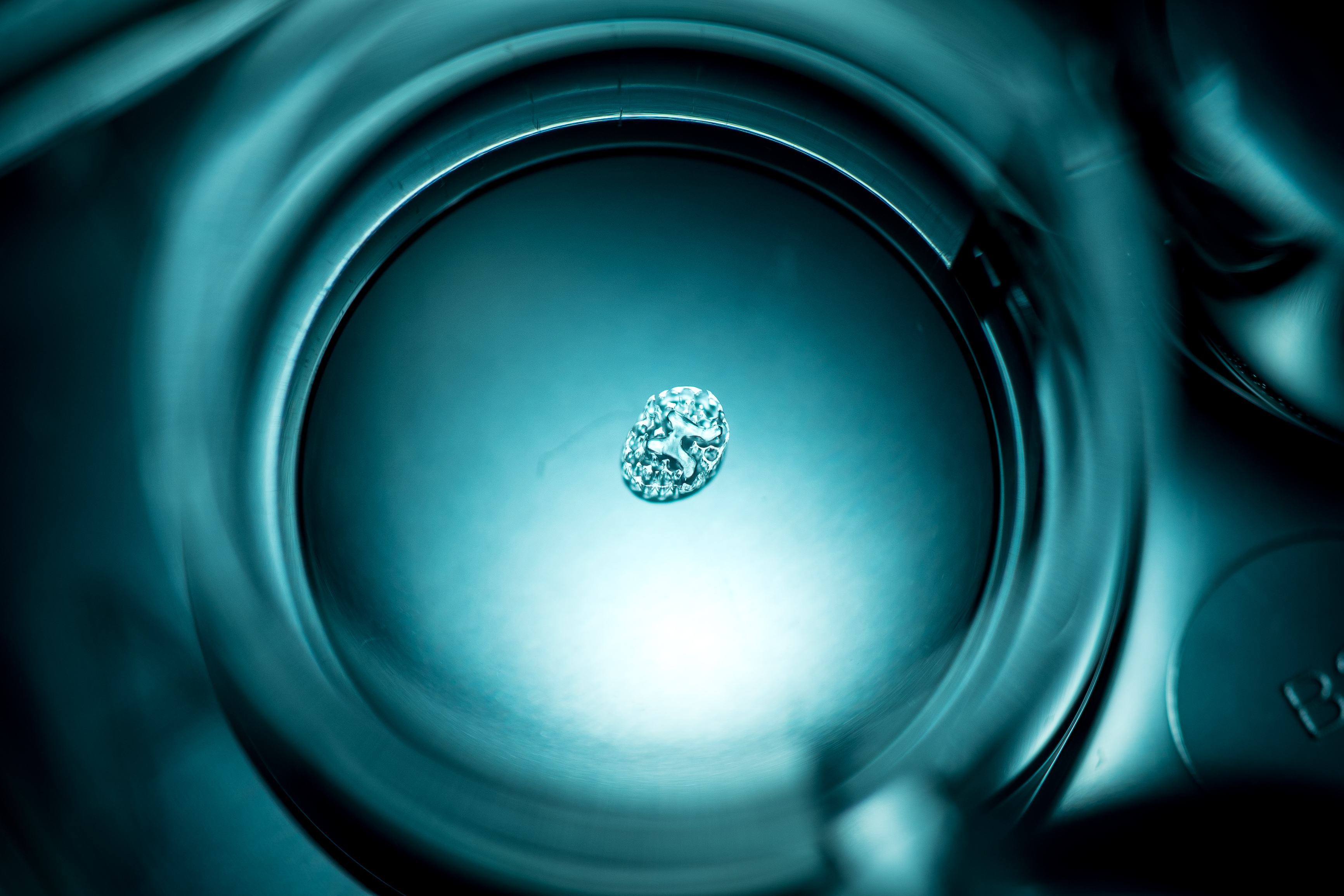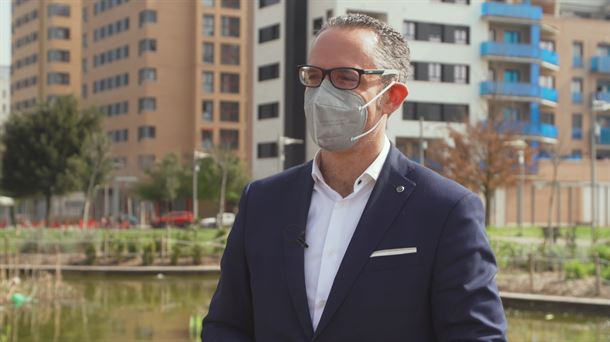They state that the future of tissue regeneration can be bionprimir “in the bed itself”.
2024/11/13 Elhuyar Zientzia Iturria: Elhuyar aldizkaria

The researcher of the NanoBioCel group, Gorka Orive Arroyo, and several researchers from Harvard University and the Technical University of Denmark, have jointly analyzed the potential, limitations and challenges of 3D bioprinting in the field of textile regeneration, and have proposed ideas for better results in the journal Science.
Researchers have come to the conclusion that one of the most important challenges to overcome is related to cell density. In fact, when cell structures are produced by additive printing, the cellular density of the printed material remains very small.
Another fundamental aspect is related to the characteristics of the tissue to be regenerated. For example, muscle tissue and liver tissue do not have the same functionalities, or the same cellular and textile form. Therefore, the process of bioprinting is not the same or the equivalent. Therefore, it would be a great step to be able to adapt three-dimensional printing technologies to each type of fabric.
On the other hand, researchers have pointed out that bioprinting should be closer to the clinic, where detonations have occurred. In this way, it is intended that tissues damaged by the patient can be regenerated directly, in situ or “in the bed itself”.
In the opinion of Orive, despite the challenge it poses, the article will contribute to the understanding of other experts and to the development of solid base research projects in multidisciplinary teams.

Gai honi buruzko eduki gehiago
Elhuyarrek garatutako teknologia





